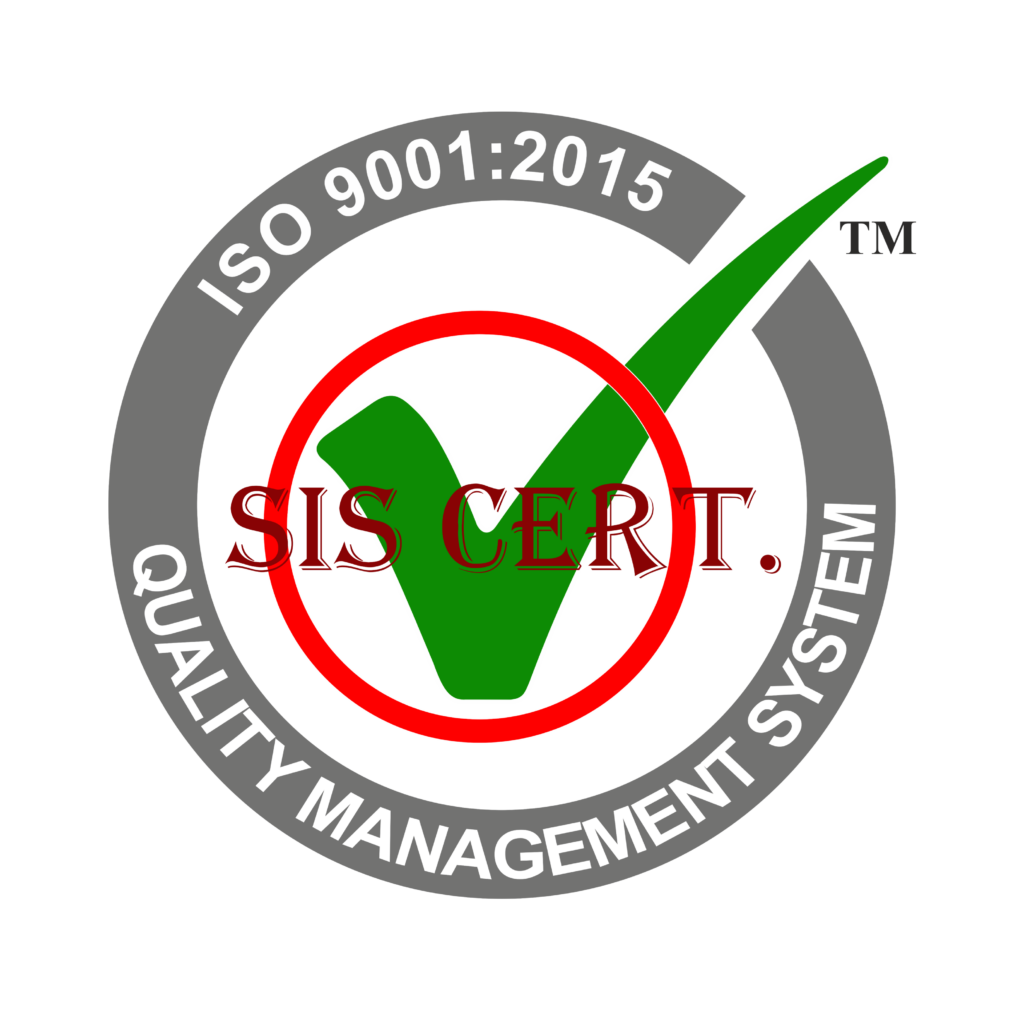The stainless steel industry has seen rapid advancements in technology, significantly transforming the way it operates. This article explores the magnificence of technology in the stainless steel industry, highlighting automation benefits, cost reduction, efficiency improvements, quality control, and digitalization impact.
Readers will gain insight into how technology has revolutionized the industry, providing a greater understanding of how it can continue to drive innovation in the future.
Key Takeaways
- Automation benefits in the stainless steel industry include increased production capacity and efficiency, reduced labor costs, decreased scrap and rework, improved product consistency, and streamlined production processes.
- Cost reduction in the industry is achieved through reduced costs associated with production processes and technologies, decreased labor costs, lowered raw material costs, avoided costly repairs and downtime through predictive maintenance systems, and optimized resources and waste management.
- Efficiency improvements in the stainless steel industry are achieved through greater accuracy and higher speed of production, elimination of manual labor and reduction of human error, increased production output to meet growing demand, reduction of waste for improved sustainability, and utilization of innovative technologies such as robots and process control systems.
- Quality control in the industry is ensured through data-driven technologies for accurate monitoring and defect detection, rapid response and corrective action before reaching consumers, optimization of processes to ensure high-quality standards, monitoring and tracking of factors such as temperature and pressure, and the use of augmented reality and virtual reality for interactive inspections.
Automation Benefits
Although automation has helped the stainless steel industry to increase its production capacity and efficiency, its benefits go beyond just that. Automation has enabled stainless steel producers to reduce labour costs, reduce scrap and rework, and increase the consistency of their products. Furthermore, automation has enabled steel manufacturers to reduce the costs associated with production processes and technologies, which can result in a more competitive price for the product. Additionally, automation has enabled the industry to streamline production by reducing the need for manual labour and by eliminating redundant and time-consuming processes.
The impact of automation on the stainless steel industry has been tremendous. Automation has enabled the industry to become more efficient and cost-effective, while also allowing for a greater level of quality control. Automation has allowed for faster production timelines, allowing for a faster turnaround time on orders. Automation has also enabled the industry to become more competitive, as automated processes can be completed more quickly, with fewer errors and with less waste. All of these factors have resulted in improved customer satisfaction, as well as improved profitability for the industry.
Cost Reduction
Utilizing automation has enabled stainless steel producers to significantly reduce costs associated with production processes and technologies. Automation has enabled faster production of high-quality stainless steel at reduced costs while simultaneously increasing efficiency and safety. By reducing manual labor, automation has enabled a significant reduction in labor costs, which is a major factor in cost reduction. Automation has also enabled a reduction in the cost of raw materials by providing efficient processes that can be easily scaled to meet the demands of the industry.
Automation has also enabled the implementation of predictive maintenance systems, which can identify potential problems before they become a serious issue, thereby avoiding costly repairs and downtime. Additionally, automation has enabled the implementation of processes that enable the optimization of resources and waste management, resulting in a further reduction in costs.
Efficiency Improvements
Regularly, automation has enabled the stainless steel industry to experience efficiency gains through greater accuracy and higher speed of production. This has been accomplished by utilizing innovative technologies such as robots, computer-aided design, and process control systems. These systems enable production processes to be automated, thereby eliminating the need for manual labor and reducing the potential for human error. This increased efficiency translates into cost savings for the industry, as well as improved product quality and safety.
Moreover, automation has enabled the stainless steel industry to increase production output, enabling them to meet the growing demand for their products. Increased production output means that more products can be produced in less time, which translates into increased revenue for the industry. Additionally, automation helps to reduce waste, improving the sustainability of the industry.
Technology is playing a major role in transforming the stainless steel industry, allowing it to become more efficient and productive. Through automation, the industry is able to take advantage of the latest technologies to reduce costs, increase production output, and improve product quality and safety. This is a testament to the power of technology and its potential to revolutionize the stainless steel industry.
Quality Control
Building on the efficiency improvements that have been enabled by automation, technology is now being applied to ensure the highest quality control standards in the stainless steel industry. Data-driven technologies such as AI, machine learning, and predictive analytics are being used to accurately monitor and detect any potential defects in steel manufacturing processes. This allows for rapid response to any issues and corrective action to be taken before any problem can reach the consumer.
The data and analytics gained from these systems also allow for further optimization of the process to ensure the highest quality standards in the industry. Automated systems can monitor and track various factors such as temperature, pressure, and chemical composition to ensure that the product meets the required specifications. This enables the industry to remain competitive while also providing a high-quality product to its customers.
In addition to the data-driven technologies, other advanced technologies such as augmented reality and virtual reality are being used to provide a more interactive and immersive quality control experience. This allows for virtual inspections to be conducted remotely and in real-time, reducing the need for physical visits and inspections.
Digitalization Impact
How else has digitalization impacted the stainless steel industry?
Digitalization has revolutionized the stainless steel industry, allowing for unprecedented efficiency and accuracy. By using technologies such as CAD/CAM, the industry has been able to develop highly precise manufacturing processes that can meet the demands of their customers. This has enabled the industry to reduce costs, decrease time to market, and increase the quality of products.
At the same time, digitalization has enabled the industry to monitor their processes and detect issues quickly, ensuring that products are delivered on time and to the highest standard. Digitalization has also enabled the industry to create more accurate and complex designs, allowing them to better meet the needs of their clients. This has allowed the industry to create products that are tailored to the customer’s specifications, helping them to increase customer satisfaction.
Lastly, digitalization has enabled the industry to better predict customer demand, enabling them to better prepare for their orders. By having access to real-time data, the industry can better manage their production process and ensure that they have the resources to meet customer demands. Digitalization has allowed the industry to remain competitive, ensuring that they can provide the best products at the most competitive prices.
Frequently Asked Questions
What Are the Long-Term Effects of Technological Advancements on the Stainless Steel Industry?
Technological advancements have had a profound long-term effect on the stainless steel industry, leading to increased efficiency and higher quality products. This has allowed the industry to become more competitive and successful in the global market.
How Will the Development of New Technologies Affect the Global Stainless Steel Market?
The development of new technologies has the potential to revolutionize the global stainless steel market. Innovative solutions can reduce costs, improve efficiency, and create new opportunities for industry growth.
What Are the Environmental Impacts of Increased Automation in the Stainless Steel Industry?
Increased automation in the stainless steel industry can reduce waste and emissions, while improving efficiency and productivity. This can lead to a positive environmental impact and help promote sustainability.
What Ethical Considerations Should Be Taken Into Account When Introducing New Technologies to the Stainless Steel Industry?
When introducing new technologies to the stainless steel industry, it is important to consider the ethical implications of the changes. This means considering the potential impact on workers, the environment, and any other stakeholders.
How Can Small and Medium Stainless Steel Producers Benefit From Technological Advancements?
Small and medium stainless steel producers can benefit from technological advancements by leveraging new technologies to increase efficiency, reduce costs, and create new products. This can help them stay competitive in an ever-changing market.
Conclusion
Stainless steel industry has seen major benefits from technology. Automation has led to cost reduction, efficiency improvements, and better quality control.
Digitalization has also had a major impact, leading to improved production processes and better customer service.
Overall, technology has revolutionized the stainless steel industry, making it faster, more efficient, and more cost-effective.


